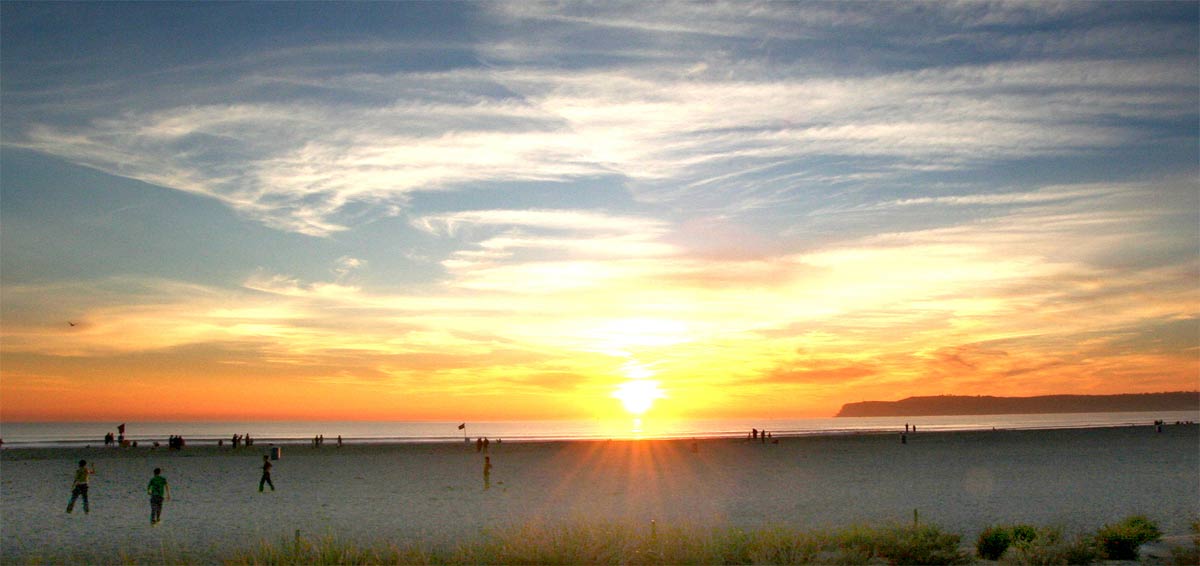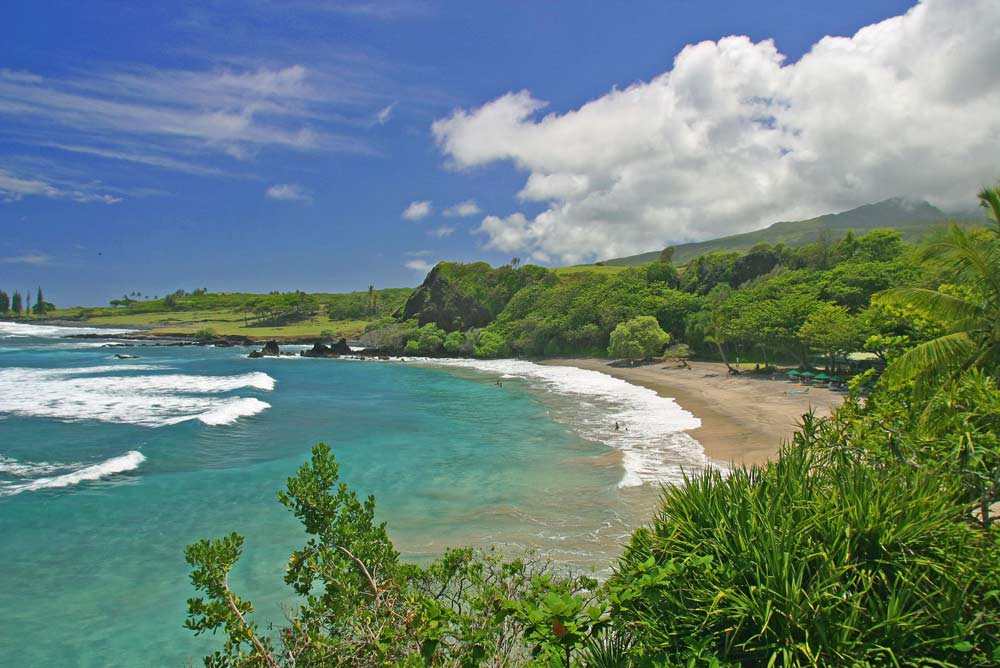Sunshine & Sand: The Best Beaches of 2012 Revealed

Even chilly waters can be a welcome beach experience: This year's award for best beach in the United States goes to Coronado Beach in San Diego, where the waters are considered warm only if you're not visiting from the East.
In its 22nd year, the Top 10 Best Beaches list was announced today (May 25). It is put together by "Dr. Beach," also known as Stephen Leatherman, director of Florida International University's Laboratory for Coastal Research in Miami.
For one thing, Coronado Beach has great sand. "It's also the warmest water on the west coast," Leatherman told LiveScience. "A good day there, it would be maybe 69 or 70 degrees [20 or 21 degrees Celsius]; by East Coast standards that's a little nippy."
In addition to hosting the iconic Hotel del Coronado (the backdrop of the Marilyn Monroe movie "Some Like It Hot" and a place visited by a stream of celebrities and dignitaries), the beach is covered in the fine sand that beachgoers love, Leatherman said. The flat, hard-packed sand makes the beach great for walking, and there is a lot of that to be had as the beach extends for some 1.5 miles (2.4 kilometers), he added. [See Photos of the Top Beaches]
Here are the top 10 beaches of 2012, in descending order:
1. Coronado Beach, San Diego, Calif.
2. Kahanamoku Beach, Waikiki, Oahu, Hawaii
Get the world’s most fascinating discoveries delivered straight to your inbox.
3. Main Beach, East Hampton, N.Y.
4. St. George Island State Park, Florida Panhandle
5. Hamoa Beach, Maui, Hawaii
6. Coast Guard Beach, Cape Cod, Mass.
7. Waimanalo Bay Beach Park, Oahu, Hawaii
8. Cape Florida State Park, Key Biscayne, Fla.
9. Beachwalker Park, Kiawah Island, S.C.
10. Cape Hatteras, Outer Banks, N.C.
All 10 beaches were chosen from Leatherman's survey of 650 public beaches along the Atlantic, Gulf and Pacific coasts. He uses 50 criteria for ranking beach quality, including sand softness, frequency of rip currents, size of waves, presence of shorebirds, water color, the presence of oil and tar balls, whether it's overcrowded, public safety, maintenance of grounds and other factors.
Like all No. 1 beaches, last year's winner, Siesta Beach in Sarasota, Fla., has been retired from the top-10 list "to allow others to be in the limelight," Leatherman said. "We've got hundreds of great beaches in the U.S."
One beach fell five rungs due to a hit from Mother Nature.
"Cape Hatteras is still on the list but it dropped quite a few notches because it got whacked by Hurricane Irene last year," Leatherman told LiveScience, adding that the damage cut an inlet through the island. A temporary metal bridge has been constructed to cross over the inlet, which is likely to slow traffic getting to the beach, he said. (Cape Hatteras held a No. 5 spot last year.)
As always, Hawaii beaches shine with several spots on the list. Hamoa Beach in Maui didn't make last year's best-beaches list, partly due to a big hotel that had been monopolizing the area with luaus, Leatherman said. They have "sort of backed off," acknowledging that Hamoa is a public beach and a great spot to visit. While perhaps not the world's best beach as Ernest Hemingway reportedly called it, Hamoa made it to No. 5.
Prospects of tar balls from the Deepwater Horizon oil spill had kept St. George Island State Park in the Gulf of Mexico off the list in 2010, though no oil actually hit the beach, Leatherman said. This year it's on the list as fourth-best.
For this Memorial Day weekend, Leatherman said he may head out to a Miami beach near where he lives. Then again, he may stay in: "I try to avoid crowds."
Follow LiveScience for the latest in science news and discoveries on Twitter @livescience and on Facebook.
Jeanna Bryner is managing editor of Scientific American. Previously she was editor in chief of Live Science and, prior to that, an editor at Scholastic's Science World magazine. Bryner has an English degree from Salisbury University, a master's degree in biogeochemistry and environmental sciences from the University of Maryland and a graduate science journalism degree from New York University. She has worked as a biologist in Florida, where she monitored wetlands and did field surveys for endangered species, including the gorgeous Florida Scrub Jay. She also received an ocean sciences journalism fellowship from the Woods Hole Oceanographic Institution. She is a firm believer that science is for everyone and that just about everything can be viewed through the lens of science.



